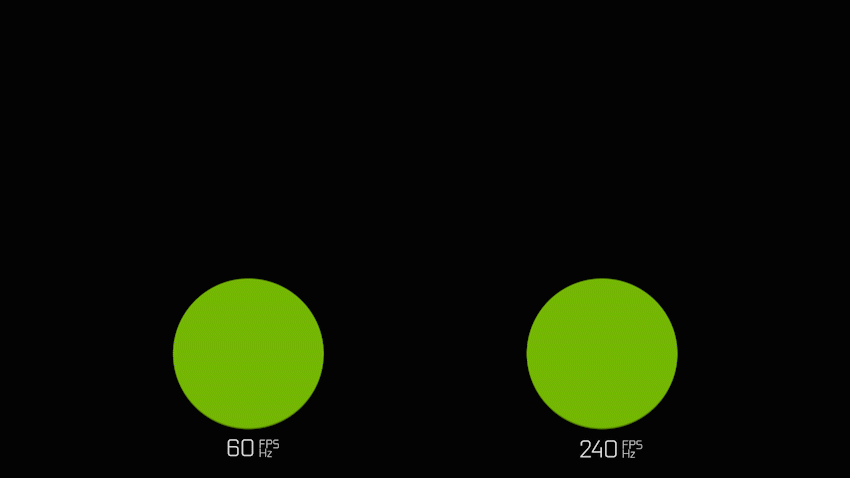High refresh rate displays are the future — here’s what you need to know about them
High refresh rate displays are now becoming a staple of high-end smartphones, even when their implementation makes them near meaningless. But before getting into that, let’s see why do you need a high refresh rate display.
Refresh Rate
A high refresh rate display’s main advantage is its ability to display a new image quicker, which gives you a smoother viewing experience. This translates to smoother scrolling in apps, and a better gaming experience. That has been proven time and again, with many gaming smartphones sporting high refresh rates, starting with the Razer Phone.

One thing that you will immediately notice is that a 120 Hz display will look a lot sharper when fast-moving objects are on screen. That’s because the quicker screen refresh lets you see the movement, frame by frame, rather than your brain having to fill in the gaps between frames with blur. That alone can help you do tracking shots, or dodge enemies better, simply because you have more information to process and come up with the best course of action.
Response Time
Now another thing to take note of is response time. It goes hand in hand with the refresh rate. While it is rarely mentioned in the specs sheet, you can look at the type of display panel used instead. Samsung used their Dynamic AMOLED 2X technology in the Galaxy S20, while gaming phones like the ROG Phone 2 uses a OLED display. OLED displays have very fast response times, as low as 0.1ms. Generally, OLED panels have the best response times in the smartphone industry at the moment.
A fast response time means less ghosting, which is the after image you might see on displays that can’t switch its pixels fast enough to reflect the changes happening on screen. That’s why you will see rather fuzzy moving objects on 90 Hz and 120 Hz LCD-based smartphones. The movements appear smoother, but when you pay closer attention, you will see that there’s a trail of after images, which can get quite distracting when you are gaming, or even when you are scrolling down Facebook. In such cases, a 60 Hz OLED display will actually be more comfortable to look at.
The Implementation
But of course, certain implementations do not allow you to make use of the high refresh rate in games, which essentially makes most of the higher refresh rate moot. The Samsung Galaxy S20 lets you use the high refresh rate in all apps, as long as the app supports it. And of course, there’s more to a good gaming experience than just a good screen. You can have the best display in the market, but if your software isn’t well-equipped to take advantage of that, it’s just going to be a waste of money.
When it comes down to the quality of the implementation, Samsung has it down pat. The display in the Samsung Galaxy S20 is an excellent display that can deliver the full DCI-P3 gamut. Depending on the content on the display, it can also switch between DCI-P3 or sRGB gamuts as part of the Dynamic AMOLED 2X technology, to better display the colors of the content.
Supporting Hardware
To support such a high refresh rate, you need quite a lot of processing power too. Instead of pushing 60 FPS, the GPU now has to push up to 120 FPS to ensure that you get a smooth experience. There’s no point of having a 120 Hz display if your GPU is only capable of pushing 60 FPS. That’s why you need a powerful CPU and GPU combo, as well as the cooling to tame the heat that such a beefy combination will produce.
The power consumption will also be much higher, due to the fact that the GPU now has to output twice the frames per second, in addition to the screen itself consuming more power. That’s one of the reasons why you see absolutely humongous batteries in the recent crop of high refresh rate smartphones, like the 6000 mAh battery in the ROG Phone 2.
High refresh rate displays are the future
So it goes without saying that just having a 120 Hz display is really nothing worth mentioning. You need to have the right combination of display technology, supporting hardware and a proper software implementation to actually deliver an improved experience over the current crop of 60 Hz smartphones. Samsung and ASUS has proven that they are capable of that, but there are some brands out there which think that having a high refresh rate is sufficient, without the rest of the stuff that makes it even worth mentioning. Well, I hope they read this.



























